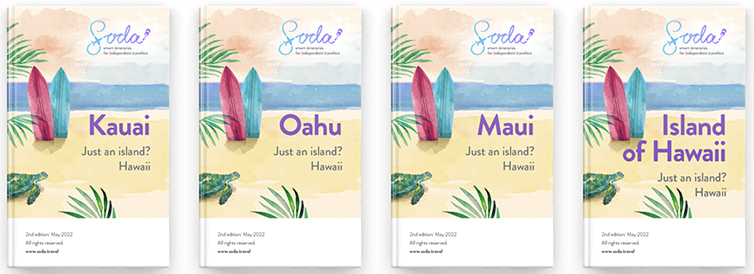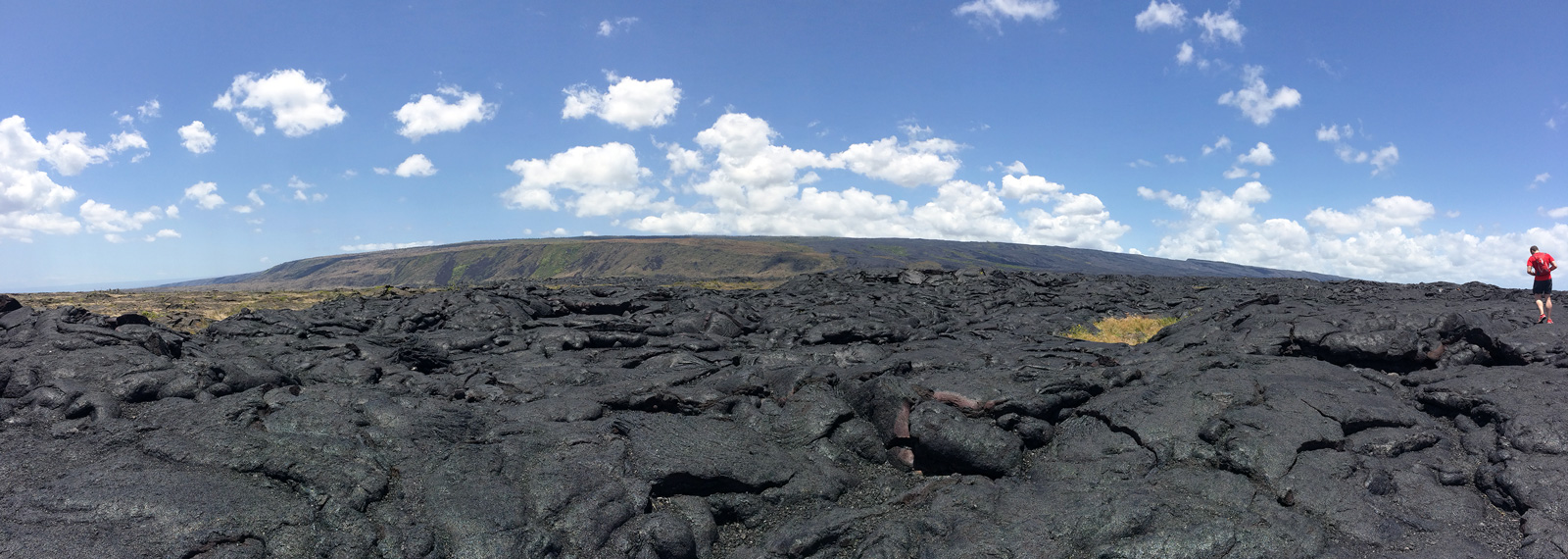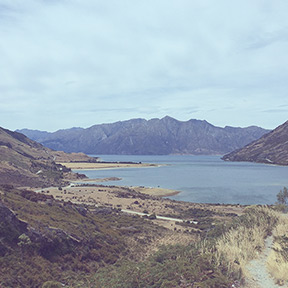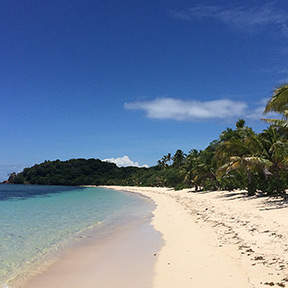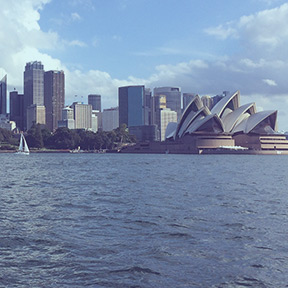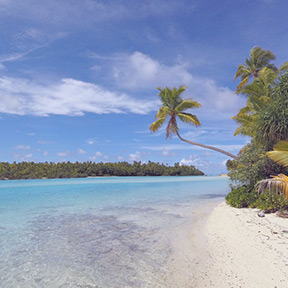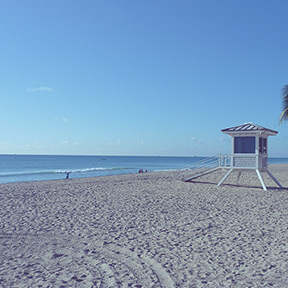Kilauea Volcano spews lava but Hawaii remains a top destination (May 2018)
throughout the year
Legend has it that the volcanic activity in the Hawaiian Islands is caused by Pele, the goddess of volcanoes. Nowadays the locals say that she has woken up again. In fact, Kilauea is the perfect example of how accurate information in an inaccurate context lead to false conclusions.
Kilauea volcano has been active for decades. It has been generating lava continuously since 1983. Big Island of Hawaii is the youngest of all Hawaiian islands and constantly growing thanks to volcanic activity.
Until now, visitors to Big Island have hiked to see lava every day and watched with astonishment as the red stream of glowing matter shaped the island into new dimensions. Until the end of 2017 lava flowed down the coast of the island all the way to the ocean, contributing visibly to its expanse.
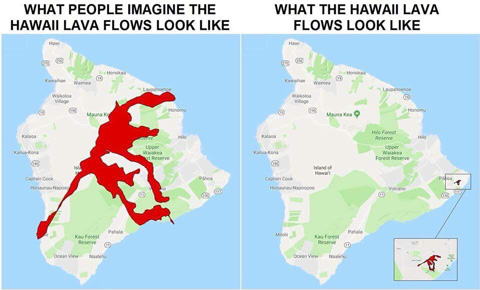
Source: USGS, Twitter
At the beginning of May 2018 the volcano became more active. In the inhabited area in the southwestern part of the island 23 fissures has been created (as of the date of this article), from which the lava began to flow and spur. Hawaiian volcano eruptions are not quite of that typical explosive character as we know it from Hollywood movies.
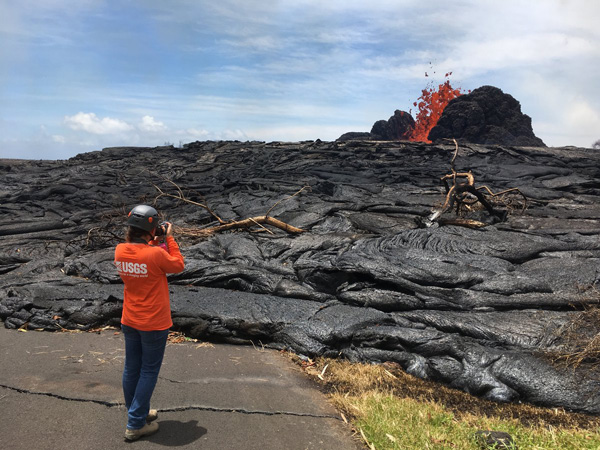
Source: USGS, Twitter
Because of their volcanic nature, the islands are well prepared for similar cases. As of the date of this article, about 2,000 residents have been evacuated from the site. However, it should be borne in mind that up to 190,000 people live on Big Island of Hawaii.
Moreover, the lave has so far covered 40 square km (15.5 square miles), with total area of the island being 10,430 square km (4,027 square miles).
Of course, the eruption activity of the volcano has sadly caused damage to property, having so far destroyed about 80 local buildings, but it is exclusively isolated to a site that has been identified as risky for years. The houses in the affected area could not even have been insured for this case because volcanic activity is regular and highly probable there.
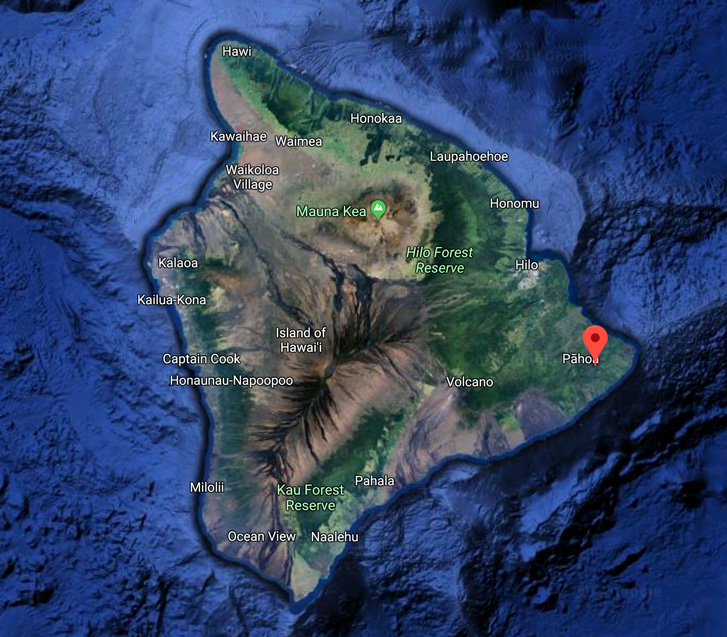
Kilauea is part of Hawaii Volcanoes National Park, visited by thousands of tourists every year. As of the date of this article the national park is largely closed due to small earthquakes. According to experts, the probability of a tsunami is slim.
Occasionally smoke and ash also get out of the volcano. However, after the ash eruption, airflow and wind direction usually limit these emissions to a small part of the island. The air flow can, of course, change and for a certain part of the day the so-called vog (volcanic smog) can be seen in other parts of the island, too. Vog is not new to Big Island and has also occurred regularly until now.
Another accompanying feature of an active ocean volcano is the fumes that are created when boiling lava comes into contact with the Pacific Ocean. However, the safety distance from that location is only a few kilometres and other parts of the island are not at risk from the fumes.
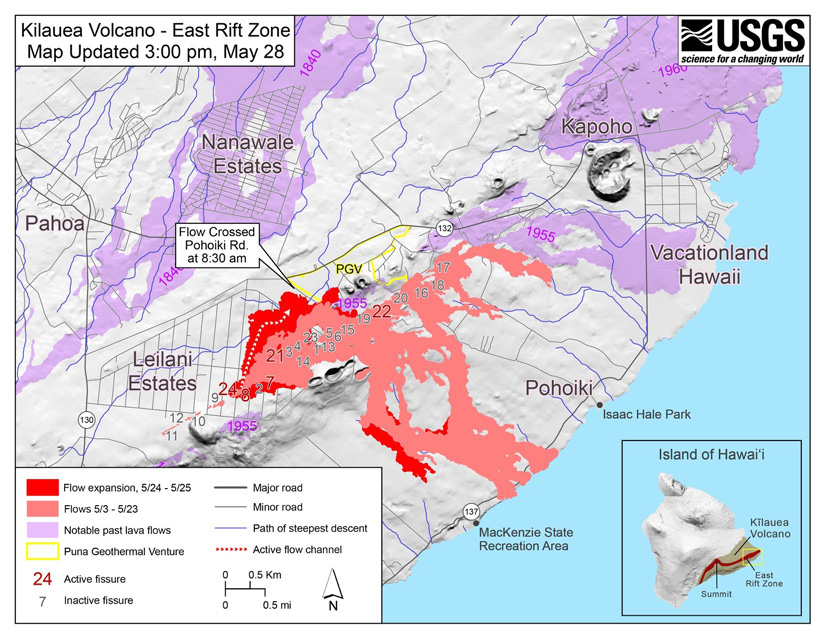
Large red digits indicate the currently active fissures. Shaded purple parts are locations where lava eruptions occurred in 1840, 1955, 1960 and 2014 - 2015. Source: USGS, Facebook
Local authorities and experts cannot estimate how long the eruptions will last, but visitors, tourists and vacationers don't have to worry about their safety at all. Although you will not be able to reach the national park as of the date of this article, Big Island of Hawaii still has much to offer:
- watch the sunset from the very top of Mauna Kea (4,207 metres above sea level, i.e. 13,803 ft), one of the most exclusive astronomical sites in the whole world where NASA specialists test their space equipment,
- hike the lush valley of waterfalls and wild horses,
- fly over the island in a helicopter and enjoy the most beautiful bird's eye view,
- relax on large sand beaches some of which have black or green sand because of their volcanic origin,
- snorkel with manta rays or swim with dolphins,
- play golf on beautiful green courses.
And those who are worried can still visit other Hawaiian Islands such as Maui, Kauai and Oahu, because Hawaii still remains one of the safest holiday destinations.
Just an island?
